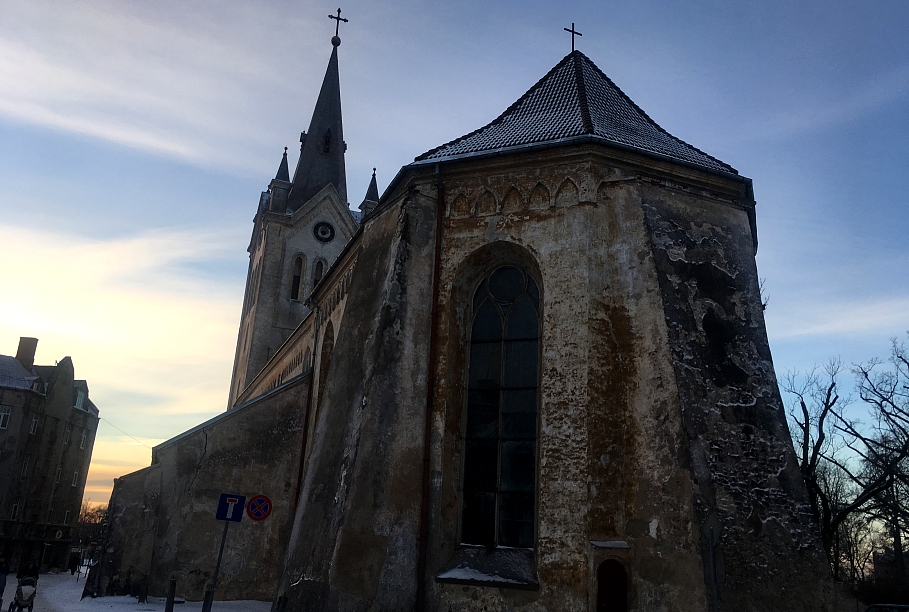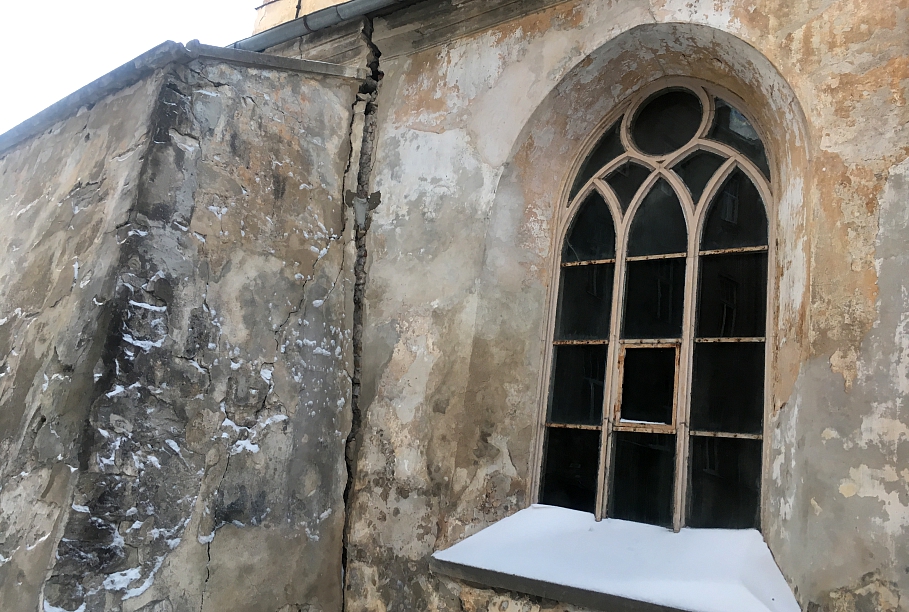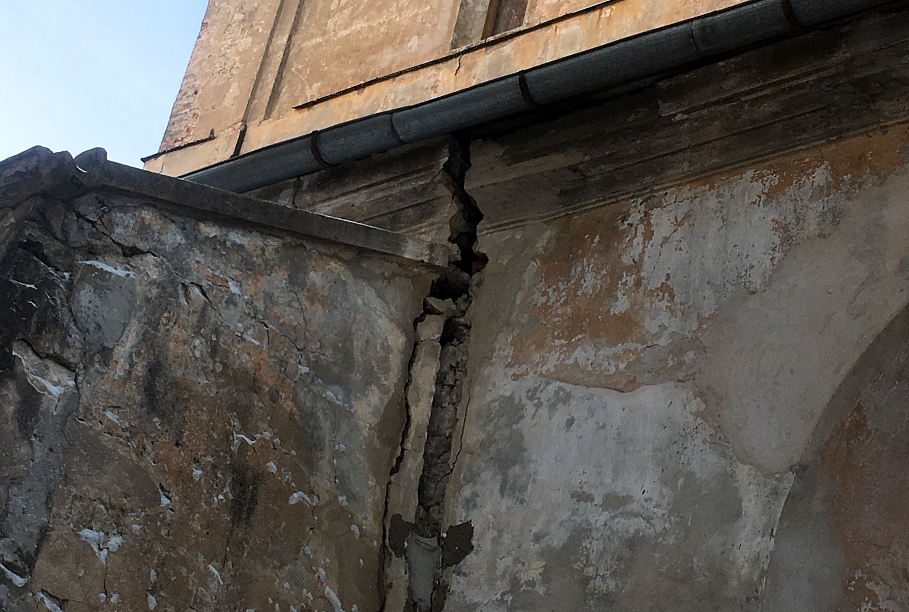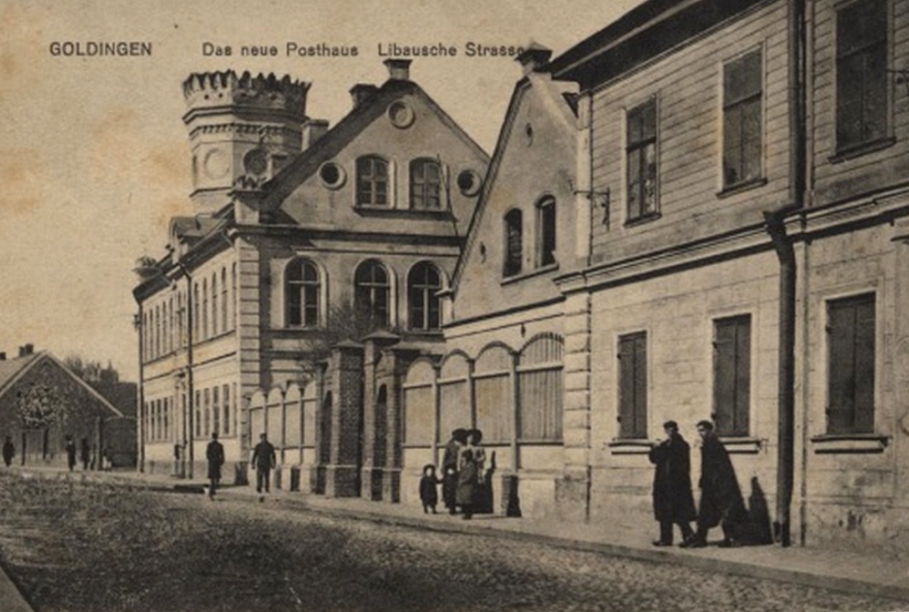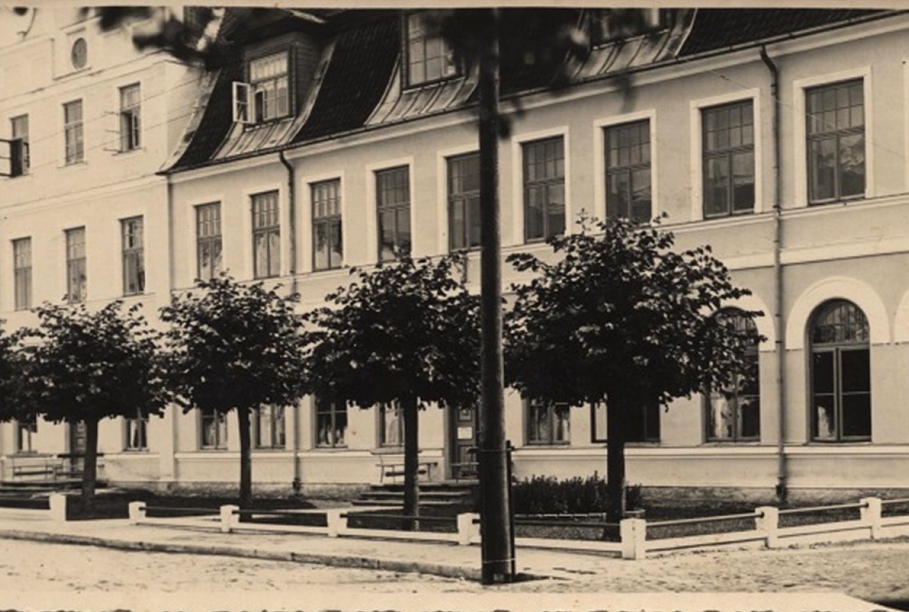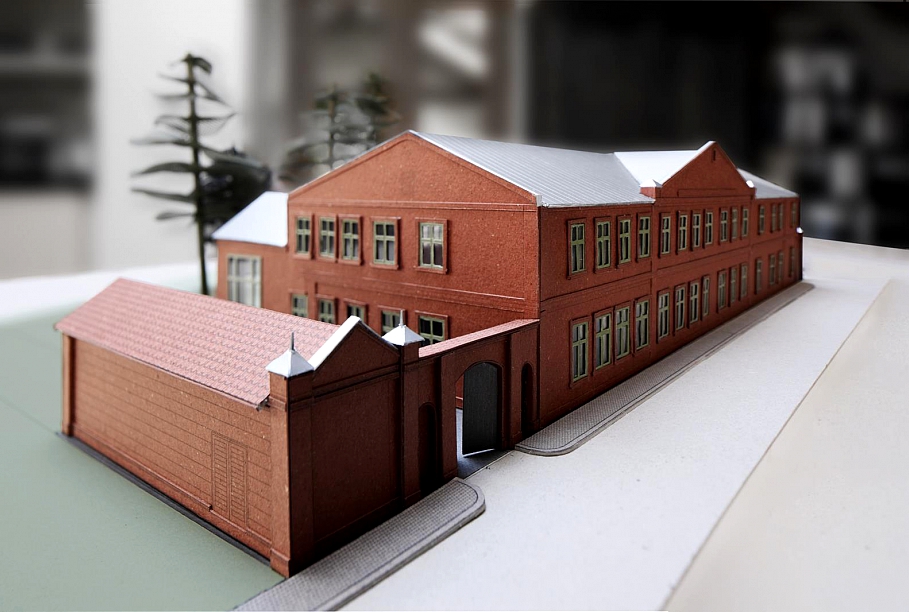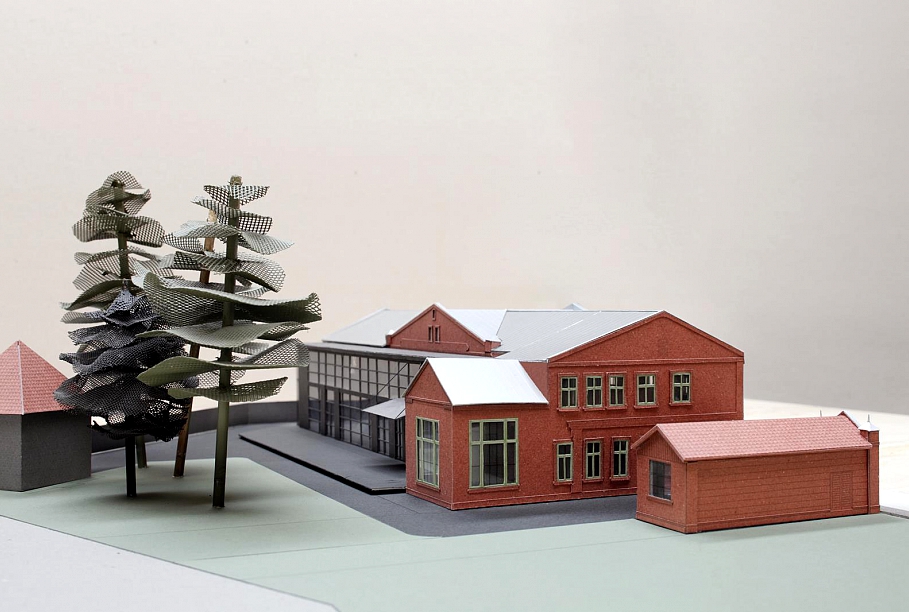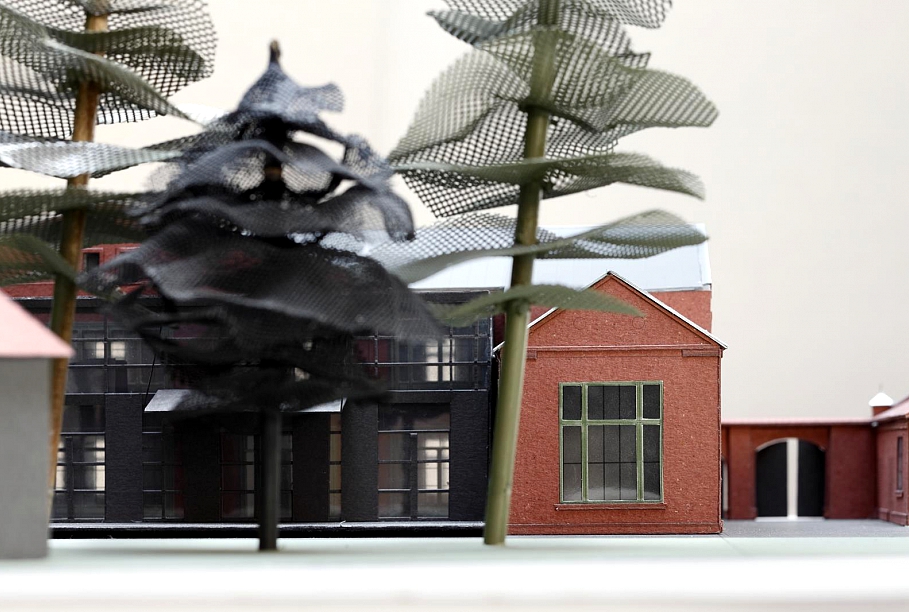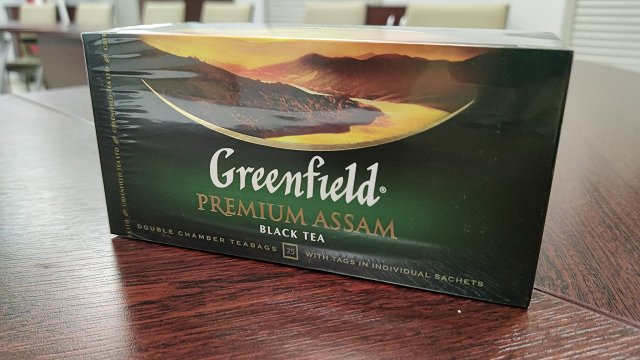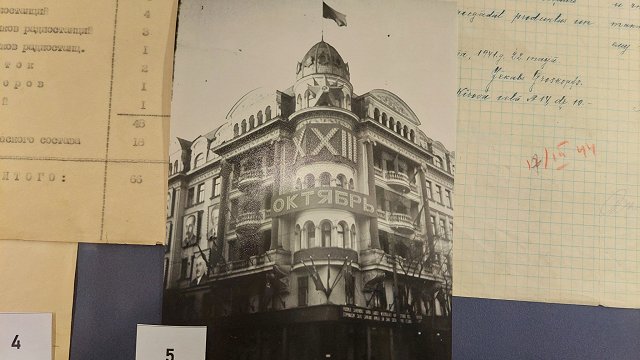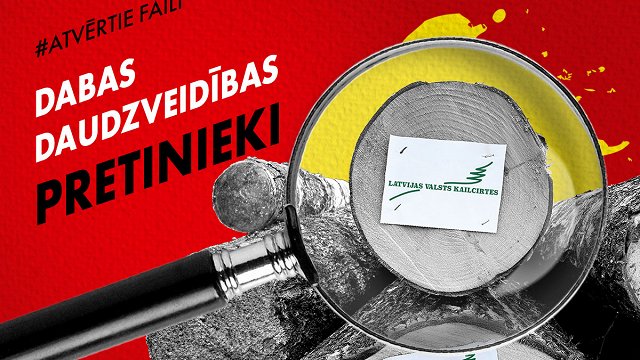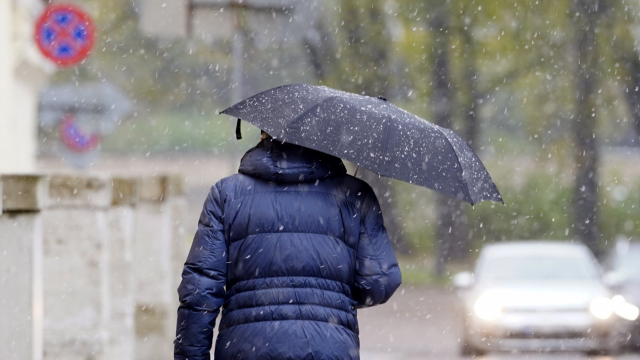Hopes for reviving a Gothic church
The Cēsis St. John's Church–one of the oldest Gothic masonry churches in Latvia and the largest medieval basilica outside Riga–is among the dozens of cultural monuments that have chance of seeing a revival by way of receiving ERDF monies.
"In this phase of restoration it's projected to repair the outside of the church," said Andis Ozoliņš-Vīksne, head of the church's parish.
"People say, 'Your church is in such a sorry state, can't you do anything about it?' and I reply, 'Do you know the area of its facade?' The numbers are huge, it's more than 3,000 square meters. It's a grandmother, 720 years old. I'd like it to be restored ... as it's impossible with just the help of the parish," he said.
On the day Latvian Radio visited the church, Ozoliņš-Vīksne said that it's 7 degrees Celsius inside, which is actually pretty high for it.
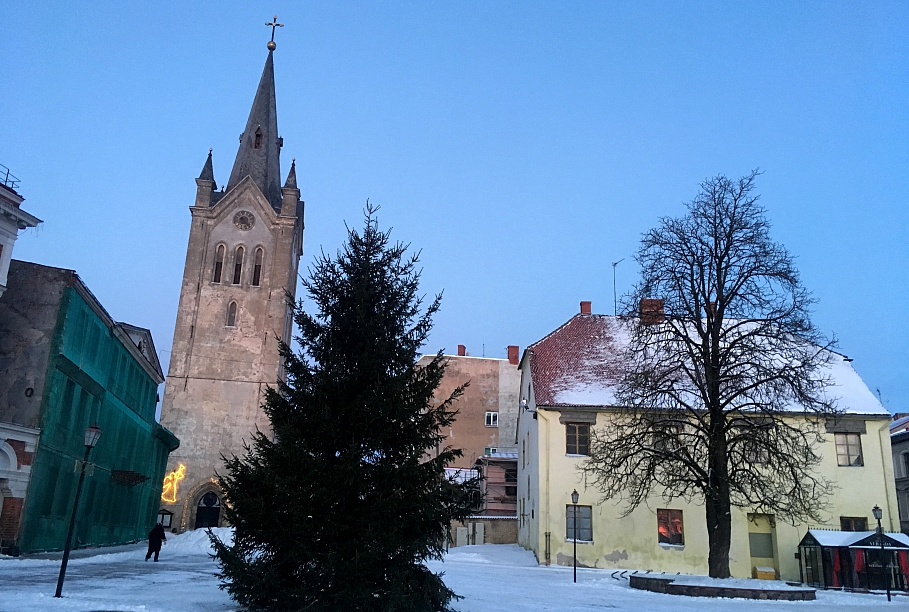
The 700-year old basilica is one of the major landmarks of Cēsis. Eight years ago parts of its foundations were shielded from water as part of a restoration initiative, while upcoming is a €2m ERDF project to secure the spire, change the roof and renovate the facade.
It is hoped that the influx of EU funds will encourage private donors to give money for restoring the inside of the building.
Promoting tourism and business
There are a great many of formerly resplendent churches and manors in Latvia that were once built as a testament to might and wealth but are now managed by less-than-well-off municipalities and parishes.
For the current planning period the European Commission has stressed promoting tourism and stimulating economy as the goals of the funding program. Municipalities choose the culture and natural objects to be revived on their own.
The demand for such funds is above €200m. "The requirement is that this support should, first of all, help restore the heritage in question; secondly it should spark a greater visitor flow; thirdly it should create a new, interesting and good service. And a more general indicator of influence is the increase of nights spent in the region," said Zanda Saulīte, director of the EU funds department at the Culture Ministry.
In late December the government okayed ten projects involving 33 municipalities and several parishes and associations. Agreements over specific objects will be concluded by the end of next year.
The greatest sum – around €6m – has been earmarked for the Sigulda, Valmiera and Cēsis municipalities. Along with the aforementioned church they want to invest in several castles, two churches, a manor, and two castle ruins.
Creative Kuldīga
"In Kuldīga we plan on developing the former Needle factory complex," said municipal head Inga Bērziņa.
The Zaiga Gaile architecture firm has already come up with a design for the factory, and the municipality plans on settling a creative cluster with a branch of the Latvian Academy of Art.
Several other municipalities and the Pedvāle association want to invest in the Sabile synagogue, the castle of Alsunga as well as the Firksu-Pedvāle manor which should house an artists' residency.
They plan on increasing tourist numbers by 15,000 within the next eight years.
Benefits for Latgale
The city of Daugavpils had one large project carried out, with the former arsenal turned into the Mark Rothko Art Center.
"The Daugavpils fortress has received over €15m from European structural funds. Now there are more visitors than there are people in Daugavpils," said Artjoms Mahļins of the Daugavpils municipality.
Around €3m are to be spent in the next period on restoring the Daugavpils Engineering Arsenal at the fortress. "It is planned to restore the roof of the whole building and to use one of its wings for the Technology Museum," he said.
Six objects in southern Latgale - including the Aglona basilica, the Ludza castle ruins and the Preiļi manor - are to receive more than €5m within the next six years.
Despite that the municipality had started renovating the Preiļi manor by taking a loan at the State Treasury, it wasn't enough.
"The Preiļu manor was in a critical condition. In such a state that the guardians of national monuments thought that the object might be lost," said Juris Dambis, head of the State Inspection for Heritage Protection.
The heritage authority has chosen to opt for supporting as many monuments as possible. While €35m is not a lot, it's significant support for preserving Latvia's heritage, says Dambis, adding that these projects help local artisans to grow and learn as well.
The projects are to conclude by 2022 at which time it will be clear whether the goal of adding 140,000 visits will have been reached.
The €35m is about a third of the ERDF funding available to Latvia. About €80m will go to Rīga for reviving rundown territories, like the Daugava stadium.
As more then €100m will be invested within six years, it will be not just a boon but also a challenge for project managers to absorb the monies and put them to good use.
